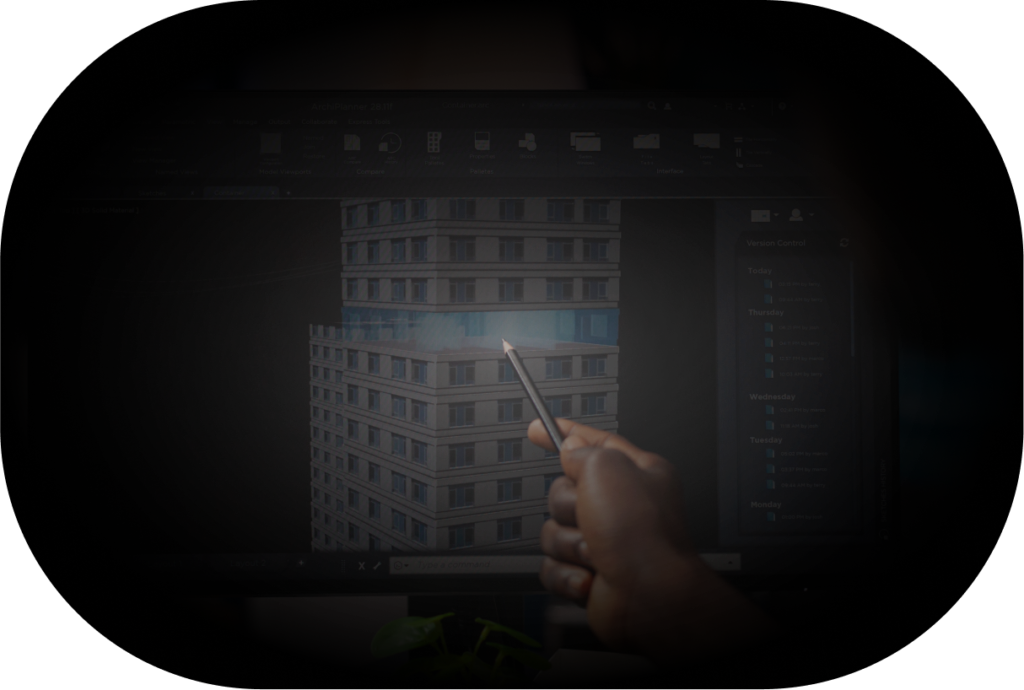Service overview
Remotely piloted aircraft (UAVs) can be used for the reconstruction of 3D models of objects and environments. Thanks to their ability to acquire high-resolution geospatial data, UAVs can gather information about the characteristics of the object or environment, such as shape, size, and position.
To create a 3D model, they take multiple shots from the same point of view, from different angles and heights, in order to obtain a complete view of the object or environment. The collected images are then processed using dedicated image processing software, which makes it possible to create a detailed three-dimensional model.
Geospatial data are information that describe the geographic location of an object or an event on the Earth’s surface. These data can include a wide range of location-related parameters, such as latitude, longitude, altitude, speed, direction, temperature, and others. They are used in many different applications, such as geolocation, navigation, cartography, environmental monitoring, and land management. Geospatial data are acquired through a variety of positioning sensors, such as GPS, infrared sensors, or satellite imagery.
